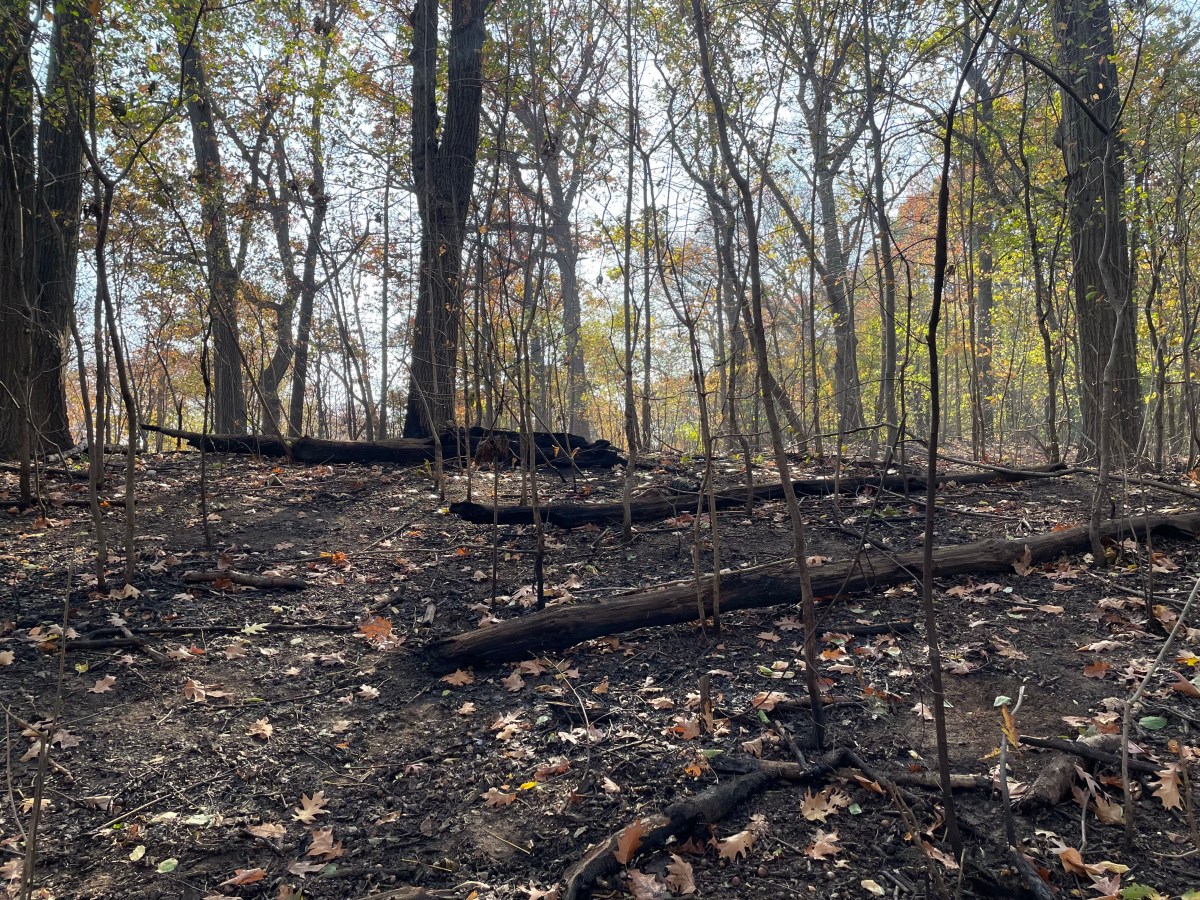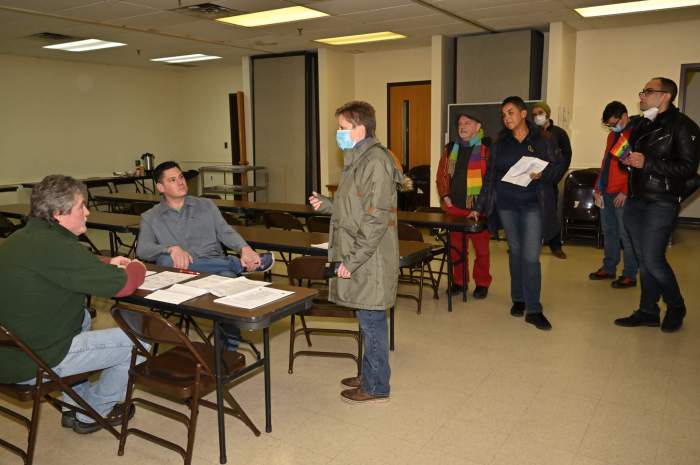By Charles Komanoff
First the Stuyvesant High School sophomore. Then the nightclub owner. And now the retired judge.
The deaths of Aileen Chen, fatally injured near her Borough Park home on June 4 by a 26-year-old woman driving a BMW; Ray Deter, struck on Canal St. by a 24-year-old man in a Jaguar on June 27 -— he died several days later; and Marilyn Dershowitz, run over in Chelsea by a postal worker in a mail truck on July 2, are sending shockwaves through the city’s bicycling community.
How these fatalities will register in the larger civic consciousness remains to be seen. But for New Yorkers who imagined that Mayor Bloomberg’s livable-streets policies would make cycling fatalities as rare as 60-degree days in July, this trio of deaths should serve as a wake-up call and point to the Achilles’ heel of the mayor’s cycling initiatives: the failure of city officials to assess culpability in auto-bicycle crashes and, where warranted, to hold drivers accountable.
As I write, only the barest facts of the three crashes are available from press reports. Chen and her bike were T-boned by the BMW at the intersection of 21st Ave. and 62nd St. in Brooklyn. Deter and the Jaguar were both going east on Canal when the bike was struck. Dershowitz was hit by the postal truck as the two traveled westbound on W. 29th St. But, in each case, who was responsible?
Relatively few fatalities would be averted if all cyclists wore helmets, as Dershowitz was when she was struck, since fatal crashes with motor vehicles generally involve extensive body trauma. Recognizing this, New York’s and other states’ vehicle and traffic laws grant cyclists full right to the road and explicitly enjoin motorists against aggressive passing and otherwise infringing on cyclists’ lawful right of way. Yet Chen, Deter and Dershowitz may have died because drivers failed to respect that right or otherwise exercise due care — another legal obligation of anyone who gets behind the wheel.
Few city residents know that the New York Police Department maintains a special unit to analyze fatal and serious-injury crashes. In each such incident, the Accident Investigation Squad measures skid marks, damage to the bike and motor vehicle, and where the victim came to rest. From these metrics, the A.I.S. can usually infer, at least approximately, the parties’ actions, including the driver’s speed — a crucial factor because driving faster than 30 miles per hour on ordinary streets is both prohibited by law and a statistical separator between surviving a car’s impact, and not. Some of this data is also available to investigators from the onboard “black box” built into late-model cars.
As you read this column, it is likely that the A.I.S. has a pretty good fix on how all three crashes unfolded. Yet there is little chance that the squad’s findings will enter the public record. The N.Y.P.D. treats A.I.S. reports like state secrets. In 2000, when I was researching a report on 70 fatal New York City auto-cyclist crashes over the prior four-year period, my colleagues and I had to tender countless Freedom of Information Law requests merely to pry loose A.I.S. reports for 14 such incidents. Follow-up requests were denied.
A positive outcome of the Chen, Deter and Dershowitz deaths would be a law or regulation mandating that all Accident Investigation Squad reports be made available to the public. Many risky endeavors — from aviation and mountaineering to chemical engineering and construction — have become safer in recent decades through systematic combing of mishaps. Why shouldn’t traffic crashes, which kill hundreds of New Yorkers annually, be accorded similar treatment, and why shouldn’t New York City, a leader in public health progress, show the way?
The N.Y.P.D. will recite a litany of pseudo-legal barriers to releasing A.I.S. data, but not the likely real reasons: that painstaking reconstruction of crashes that kill bicyclists, and pedestrians, too, will reveal that in a majority of cases the cyclist or walker would still be alive if the driver had been obeying the law; and that chronic victim-blaming by the police and media will be exposed as a lie.
In a report a dozen years ago analyzing more than 900 pedestrian and cyclist fatalities in New York City, I wrote, “No matter how tragic or heinous, deaths by automobile flicker briefly across the city’s consciousness and then flutter away, leaving in their wake only grieving families and friends, and the knowledge that the grim equation on the streets remains.”
This should not be the epitaph for Aileen Chen, Ray Deter and Marilyn Dershowitz, but it will be, unless New Yorkers insist on full disclosure of the circumstances of these and other fatal collisions with cyclists and walkers and, where warranted, criminal penalties against the drivers who killed them.
Komanoff, an economist living in Lower Manhattan, was lead author of the 1999 report “Killed By Automobile.”



































